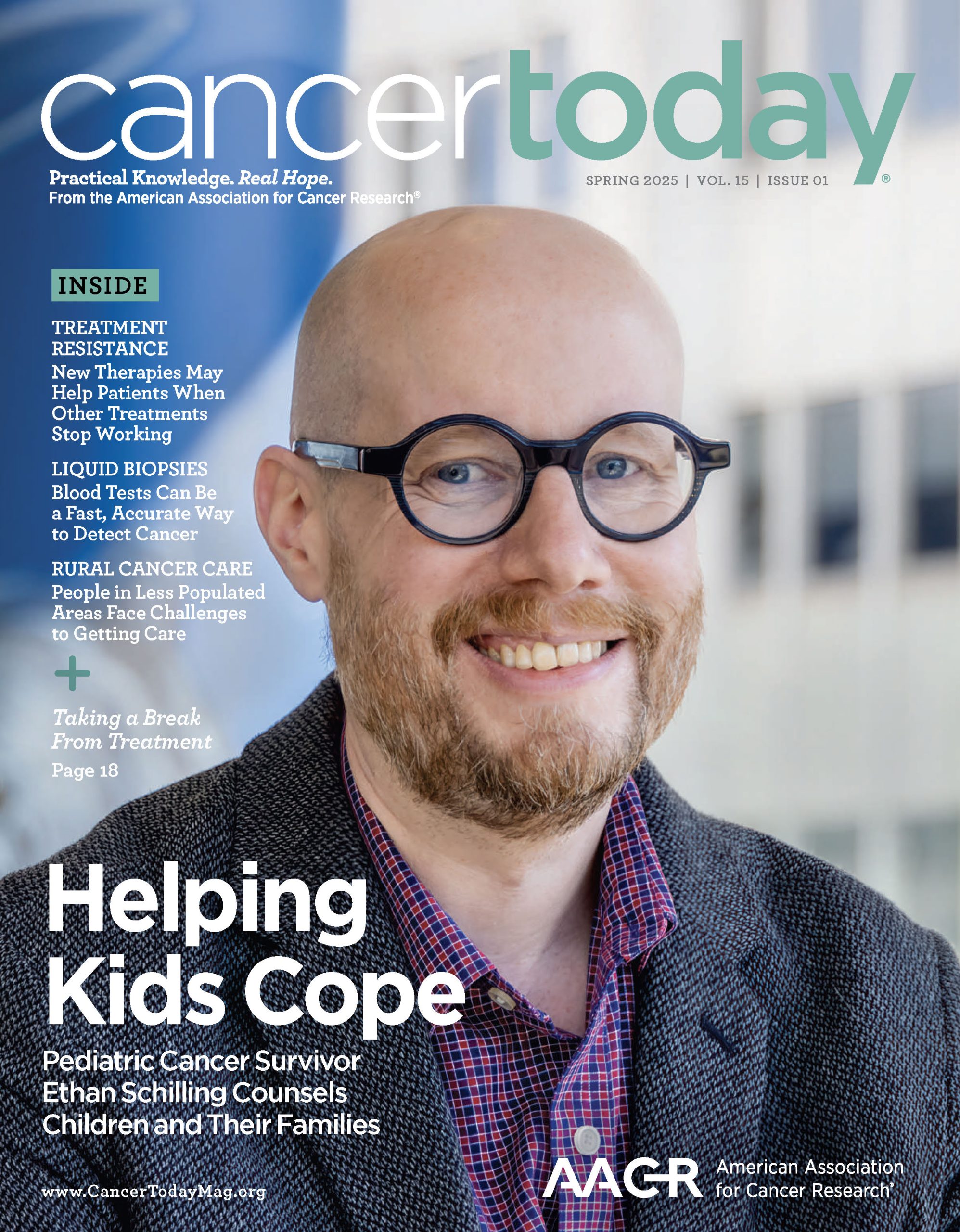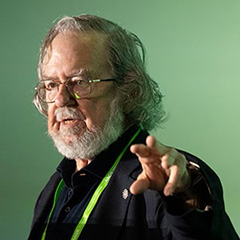FOR NEWLY DIAGNOSED cancer patients, the prospect of starting treatment and enduring subsequent side effects can induce anxiety, even if the prospects of a positive outcome are high. But George Kypriotakis, a behavioral science researcher at the University of Texas MD Anderson Cancer Center in Houston, poses an intriguing question about posttreatment survival.
What if patients had an option that improves the functioning of the body, lowers the risk of complications and reduces health care costs? All of these, he says, are real benefits that await a patient who quits smoking following a cancer diagnosis.
“Smoking cessation has a unique dimension that other cancer treatments don’t do, and that’s [to] improve quality of life,” Kypriotakis says.
And, as Kypriotakis now knows, it can also extend life.
That’s according to a study published this October in JAMA Oncology by Kypriotakis and several colleagues, including lead author Paul Cinciripini, director of the Tobacco Research and Treatment Program at MD Anderson. By analyzing health outcomes of more than 4,500 patients at MD Anderson who identified as smokers at the time of their cancer diagnosis, the researchers found that those who quit smoking or received cessation treatment, even years after diagnosis, had statistically significant increases to their lifespan.
Among patients who received smoking cessation treatment within six months of diagnosis, the study found, 71% survived to the five-year mark, compared with 61% of those who did not receive smoking cessation treatment. By the 10-year mark, 58% of those who got treatment to stop smoking had survived, compared with 52% of those who did not enroll in the program. More than half of all patients in both groups survived at least 15 years. But by examining patients who did not survive that long, researchers found that patients who received tobacco treatment within six months of diagnosis lived about 22 months longer than those who did not.
“I think about it as, you have several more birthdays you can look forward to,” Cinciripini says. “Several more graduations you can see. You can see more of your grandkids’ development, more time with your family.”
Although the study found the most substantial improvements occurred for those who began tobacco treatment or stopped smoking within six months of diagnosis, it also observed benefits for those who began treatment between half a year and five years after diagnosis. They gained about 14 months of life.
Cinciripini says researchers at MD Anderson were well-positioned to do the study because the cancer center already offers cessation treatment to all patients who smoke and tracks the efficacy of those programs. Earlier studies indicated that patients with all cancer types, not just cancers associated with smoking, quit at similar rates, and that MD Anderson’s programs had fairly high rates of success in getting patients to quit. But what was missing was whether those programs actually extended the lifespans of patients.
Because the results showed improved outcomes for patients at all stages of cancer, Kypriotakis believes the study has significant implications for cancer treatment.
“There’s an urgency of finding something that can prolong survival even by a little. It’s really hard to come by,” Kypriotakis says. “So we see a great opportunity to use abstinence [from smoking], especially for patients who don’t have a lot of other options.”
Spreading the Word
Kate Frazer, a registered nurse and researcher at University College Dublin in Ireland, says the new JAMA Oncology study fits “positively” with existing research showing that quitting smoking improves outcomes for cancer patients.
“It’s excellent to have more evidence that [supports] the values and benefits of smoking cessation services,” Frazer says.
But what caught Frazer’s eye was the personalized nature of MD Anderson’s cessation programs. In 2022, Frazer and colleagues published a review of studies of smoking cessation programs across several countries, including the United States, in the International Journal of Environmental Research and Public Health. The idea, Frazer says, was to see if they could gain insight into what methods worked best in clinical practice.
The designs and outcomes of available studies were too varied for a definitive analysis, Frazer says. Further study is needed and better tracking of smoking cessation data by health care systems would help. Still, four primary attributes were associated with positive outcomes:
- asking at each visit about a patient’s smoking status and desire to quit;
- continuing to ask for extended periods of time;
- offering flexible cessation programs such as a telehealth option; and
- providing medicines that can help people quit at no cost.
Frazer saw several of these hallmarks in MD Anderson’s smoking cessation program, which includes a personalized mixture of cognitive behavioral counseling, motivational interviewing, and medication.
Frazer says she hopes these studies not only help convince health care systems of the value of smoking cessation, but also of providing thoughtful programs. Overall, what seems to work, Frazer says, is offering customized programs that give patients who smoke lots of options and opportunities to begin smoking cessation treatment.
“We all want to be listened to, and we want to have our treatment individualized,” Frazer says.
Cancer Today magazine is free to cancer patients, survivors and caregivers who live in the U.S. Subscribe here to receive four issues per year.





